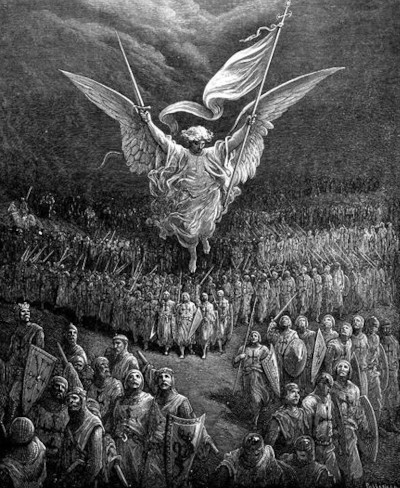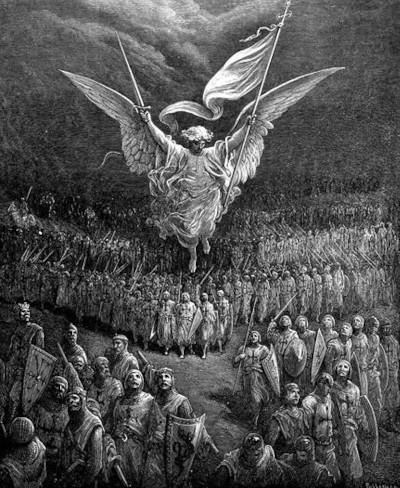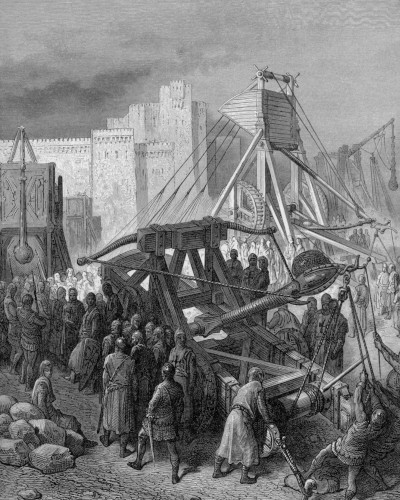The majority of Gustave Doré's illustrations would be turned into wood engravings, and then printed books. The artist worked with a good number of publishers during his career and the lithographic process would also be used at times.
Lithographic prints tended to be more time consuming in production and so most publishers chose to use wood engraving prints instead. This was particularly the case with the illustrations that were produced for the mass market, where a more efficient method was required. Indeed, discussion of Gustave Doré lithographs is rare today, with most concentrating on the impressive engravings that were produced by some leading craftsmen in the UK and France in the mid to late 19th century. The technique had been discovered late in the 18th century and so have been around a while before the time of Gustave Doré. Over the 18th, 19th and 20th century, many dozen different approaches to printing were invented, giving a wide choice to publishers. Woodblock prints was the very first of all methods to be devised, and was a tried and tested formula that can actually be traced as far back as the second or third century.
Although machinery was invented to make the lithographic process much easier than in its early days, it would still be considered something of a niche for professional publishers who deemed it to time consuming to generate any profits. The techniques of lithography was originally used in Germany for the production of maps and musical scores, before starting to appear within the art world for the first time. A lithograph refers to a specific fine art print, where as the method itself is often termed instead as the planographic printmaking process. It involves the preparation of a flat stone or metal surface over which a chemical reaction is initiated. Gum arabic with an acid solution is brushed over the design on the surface create a reaction to the original drawing and then prints can be taken directly from what is left. This multi-stage process is traditional in approach and feels entirely unsuited to mass production.
Gustave Doré himself would work on some major publications, such as The Bible, which would sell in large numbers and so his designs would normally go through the techniques of wood engraving instead. He was courted by the biggest names in publishing in both Paris and London, who saw him as their favoured artist for upcoming releases. He would stay away from the printing process itself, allowing leading engravers to work alongside him and lead a team of assistants once his original designs had been completed. The bigger names would be allowed to sign the engravings themselves, placing their signature in the opposing bottom corner. Lithographic prints from his career do exist, but are relatively rare. Examples from his lifetime can still be found for sale today, though most would have been produced after his death, and therefore were not overseen by the artist himself. He had such a large workload in the latter decades of his career that he would even allow some assistants to produce illustrations as well, with the master signing these himself if they were deemed of satisfactory quality.
Records from the artist's life have shown that he did produce weekly caricatures early in his career whilst in Paris. These were produced as lithographs, before later he would tend to work more with wood engravings instead. It may simply have been that as his career developed he needed to deliver profits from his illustrations and so larger-scale productions would require a different printing approach. The lithographs were therefore more suited to his early period, when more manual approaches could be used. The lithographic approach has remained something of a niche approach ever since it first appeared, and this continued into later centuries and seems entirely unlikely to change today. Some artists continue to be curious about its methods, but major publishers have long since moved away from this approach as a means to generating profits, with newer techniques continuing to appear even as interest in the print media wanes somewhat.






